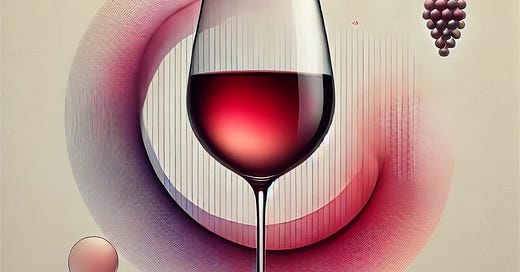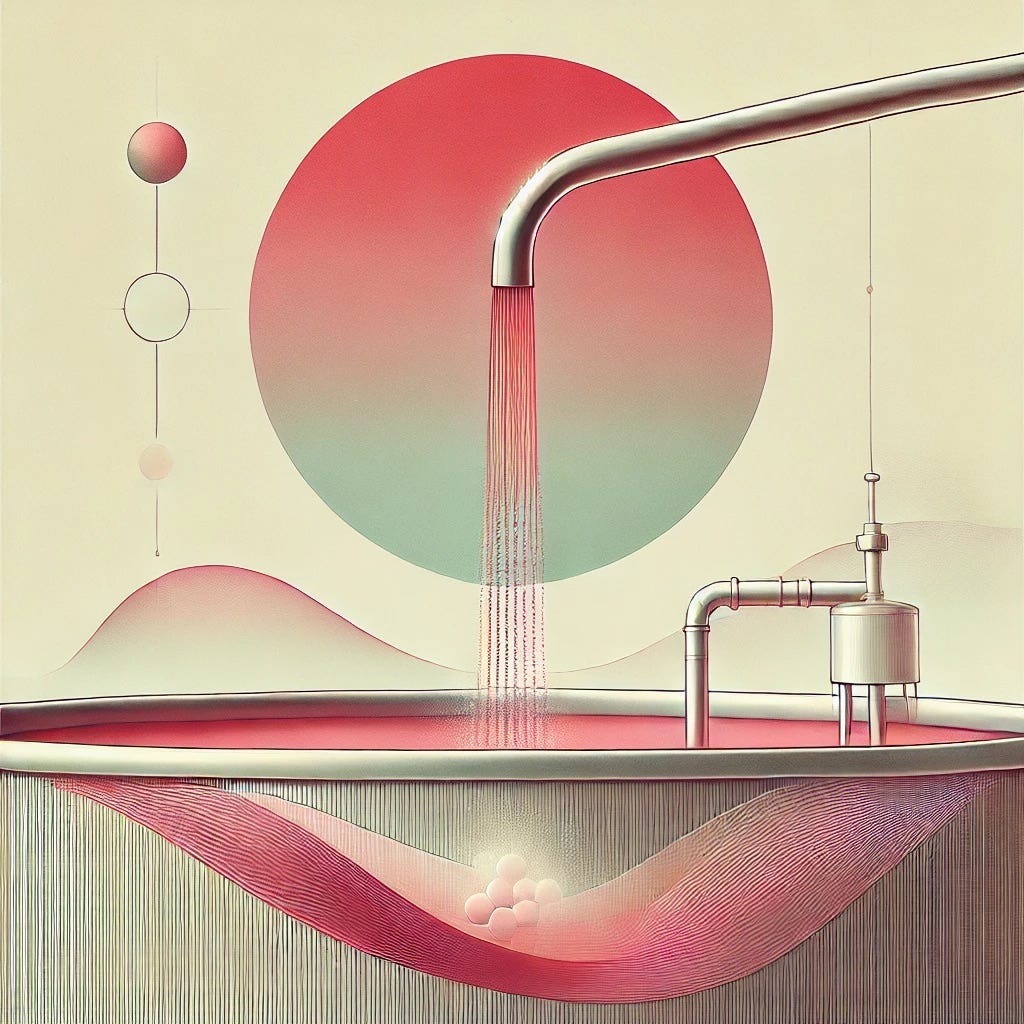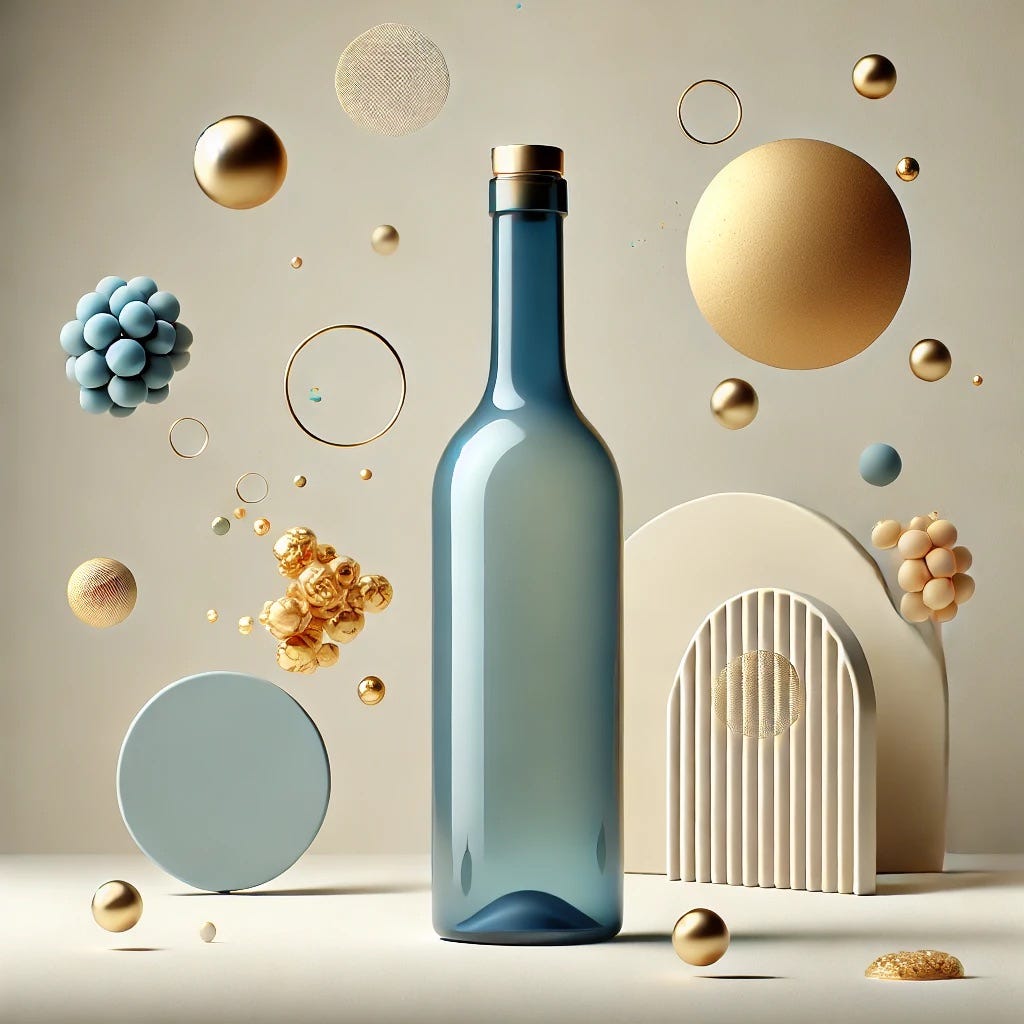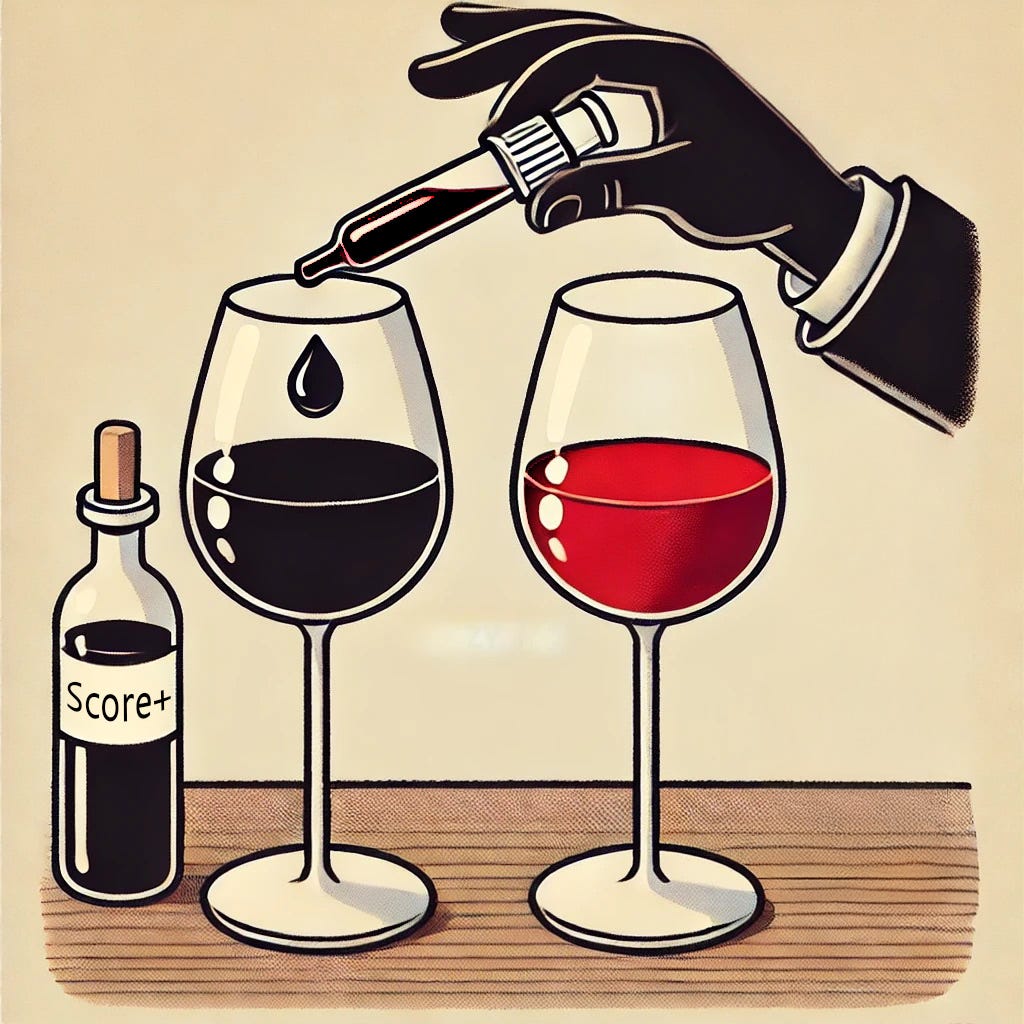NAPA VALLEY, Calif. — One aspect of most California red wine that’s almost never discussed, but which I consider to be part of the great brainwashing of America’s wine masses, is that extremely dark color seems to be mandatory in any wine whose winemakers have expectations of being blessed with a score of 100 points. This has led to most other red wines being very dark, too.
To be sure, dark colors almost always are seen in red wines that are expensive. For some strange reason, consumers who spend significant sums on red wines seem to be absolutely certain that they’re getting something “extra” if the wine is very dark. Even black is seen as a beneficial color – a concept we explored here some time ago. Most buyers of pricey reds demand dark cabernets. So almost every U.S. winemaker fertilizes this delusion by intentionally darkening nearly all red wines.
Yet I believe that the “dark color = great wine” theory is hogwash; in fact, the opposite may be true. Sometimes the reason that a wine is extremely dark has more to do with the hand of the winemaker, some of whom know full well that what they’re doing is actually making less-interesting wine. Details follow.
Color in wine is one of the least-researched areas in wine technology. We know more about aroma and taste/texture than we do about color — how it is affected by climate changes during the growing season and how it is derived during fermentation.
Challenge your vocabulary with this week’s mystery word. Submit your answer in the poll, and check the bottom of the page for the correct answer.
Winemakers know that color can and often does affect several aspects of wine quality, including flavor and texture. And texture includes tannins in all wines, including rosés and whites. Even though some serious chemistry has been applied to researching color in wine, even those who are considered knowledgeable in this subject admit that research into color is still incredibly nascent.
The color of a wine can be associated with its quality. But sometimes a lighter-colored wine is perfectly appropriate to what it is supposed to be. For example, winemakers who are particularly methodical might analyze their grape juice early and realize that tinkering with it might risk losing a key component that they prefer to retain. This often is related to the specific grape variety that is being made.
The juice of almost all wine starts out to be clear; red grape skins are what impart color to a red wine. After red grapes are crushed, everything is put into a tank with the pinkish liquid below and a “cap” of solids eventually rising to the top of the tank. The cap is composed of skins and seeds, and the skins have most — if not all — of the flavor and aromatics.
Since flavor and color reside in the skins, winemakers use various methods for accessing both by putting the fermenting wine in contact with the cap, which they aim to break up in one of several ways. Winemaker Steven Kent Mirassou of Livermore Valley wrote about one method recently:
“Think of dunking a tea bag in hot water repeatedly; you get a lot of color and tannin the more you dunk. Now imagine your tea cup holds 250 gallons of grape juice and grape skins … in a 4x4x4-foot vessel. Instead of daintily gripping the string and gently bobbing the bag over and over, you [take] a 6-foot-long stainless-steel rod [with a plate or fingers] and jam it through a cap of [solids] … that can be nearly two feet thick.”
It's hard work; I’ve done it. And it is not always very efficient in breaking up the cap. It must be done several times a day. I did it for 20 minutes one evening and discovered muscles I never knew I had.
Another method for accessing the color and flavors residing in the skins that is widely used is called a pump-over. Liquid from the bottom of the tank is pumped back ingo the same tank over the top of the cap. It breaks up the cap of solids, but can be a bit rough. Some winemakers choose to use a gentle spray, an irrigation, which takes longer. Adherents of the irrigation technique say it is less aggressive and makes for a wine with a little less tannin.
Since many winemakers believe that a darker color is essential for a higher score, they look to reduce the activity of the gel-like substance pectin, which inhibits color extraction from the skins. Enzymes that are added to fermenting juice (called the must) are protein-based catalytic agents that interrupt the function of pectins. They do not remain in the wine.
The net effect of using enzymes is that they can reliably darken the color of a wine. One such agent, called Color Pro and sold by Scott Lab, is called Scottzyme. The company says it is “a gentle macerating enzyme that increases yield and extraction of color and structure compounds.” The product, says Scott, produces wines that “appear to have deeper, darker and more intense color” and can actually change the aromatics of the wine.
Another company, Loredo of Romania, markets Essezym Color, which it describes as “a granular pectolytic enzyme, with a high concentration, for color extraction in red wine …”
Since the use of enzymes to increase the color of red wines is legal, it is widely used throughout California. I have spoken with many winemakers over the decades about this. Most are reluctant to admit publicly that they use it. One who was not is longtime Sonoma County winemaker Greg La Follette.
“Oh, sure,” he said, “I’ve used enzymes many times but not for my own wines. When I’m asked to make inexpensive wines for other people, I’ve used it a lot. It was originally designed to be used in Burgundy and Bordeaux in crappy vintages, when the wines didn’t have any color.”
He said that other methods for getting a darker red wine included the use of extremely dark wines from dark grape varieties, usually in small amounts. Wines such as petite sirah can be blended in to darken wines of lighter color.
In fact, in the 1970s, some inexpensive red Burgundies were imported to the United States that were darker than most of the wine experts I knew said they should be. Inside the industry back then, some people called them “Cuvée Algeria.” The implication was that dark red wine from Algeria had been blended into them.
La Follette said enzyme use is extremely widespread throughout California today to darken the color of many red wines, including expensive ones.
“I know of a few people who even use it for getting darker colors in their pinot noirs,” he said. “But when you use enzymes to make pinot, you often lose the gentility and harmony that I consider to be essential for capturing the delicacy of that variety. Enzymes make them weightier and less refined, bigger and richer, but then you lose the soul of what pinot can be.”
After the movie “Sideways” came out in 2006, many Americans abandoned merlot and switched to pinot noir. Some winemakers told me that they got complaints from consumers who liked the darker merlots and who didn’t understand the typically light colors they saw in pinot noir. So some winemakers darkened their PNs, which shifted some away from the very reason pinot was being made in the first place.
La Follett said he wouldn’t use enzymes for some varieties that should be seen as more elegant, such as sangiovese and grenache.
“One year we were asked to make a wine for a wine company, and we bought some bulk market stuff that wasn’t very good,” he said. “We stripped out some of the color and added enzymes, stripped out most of the bad tannins and added back in ‘enological tannins’ (in powder form), which are good tannins, and the wine ended up getting a gold medal at a San Francisco wine competition. I called it a Frankenstein wine.”
Color in wine can be controversial. In the last decade, some natural wine producers have experimented with white wines that are made with skin contact. This can leave the wines with a kind of orange cast. Some are simply called orange wine.
Wine is so tradition-ridden that toying with convention can be seen as anathema to “serious” wine-lovers. So pastel-colored wines are instantly seen as gimmicks. Traditional young reds range from dark pink (like Nouveau Beaujolais) to deep burgundy/vermillion to dark cherry; young whites usually are pale yellow/straw, occasionally with a slight green hue. Aberrant colors can be clues to a spoiled wine.
If a young white wine looks bronze, it could be a sign that it has begun to oxidize prematurely or was aged in oak barrels a bit too long. Young reds that are brown or amber might be starting to oxidize or they might have spent too long in oak barrels. A “rusty red” color is rarely a good thing. Brown is an almost certain sign of problems.
Often the color of a red wine is hard to see when it’s still in the bottle because dark brown, “dead-leaf green” or smoke-colored glass bottles are used.
Color also means something in the marketing of fine wine on labels. The colors used on wine labels and capsules can determine how it’s viewed. Decades ago, wine-packaging experts preached that impulse purchases relate to “bright” label colors such as red, yellow and light green. (But not orange, they said.) They advised wineries to avoid blue and gray labels, which they said were too “cool” to promote impulse sales.
Lately, some adventuresome wine brands targeting younger consumers have used black labels, some with Gothic images or designs that are supposed to conjure up cannabis or other substances. Bottle colors can impact sales, too.
Would you drink blue wine? Or would it depend on the shade – azure, navy, turquoise? Does a wine with flakes of gold floating in the bottle appeal to you? How about a white wine in a red glass bottle?
Decades ago, I helped select wine for an international airline’s inflight service. At a blind tasting, the winning white wine was a superb German riesling. We considered it for the airline’s international first class. But when we pulled the bottle out of its brown bag, we were shocked: The bottle was flame red! I called to tell the airline’s purchasing manager.
“I don’t care how good it is,” he said, “we’re not serving wine from a red bottle in first class.”
We chose another wine.
As for blue wine, there’s a California sparkling wine called Blanc de Bleu Cuvée Mousseux Brut ($20). It is pale blue. If you look past the azure color, it’s actually quite tasty. And in Spain there is blond sparkling wine that is advertised as having 22-carat gold flakes.
Word Game Answer Reveal:
The correct answer is B: "Identification of grapevine varieties." "Ampelography" is the science of identifying grapevines based on the characteristics of their leaves, stems and grapes — a valuable tool for vineyard managers and winemakers. We hope you enjoyed this week’s challenge and look forward to next week’s word.
If today’s story captured your interest, explore these related articles:
Dan Berger’s Wine Chronicles: Proof That Napa’s Older Cabs Can Age
Dan Berger’s Wine Chronicles: Napa and Sonoma as True Vinous Siblings
Dan Berger’s Wine Chronicles: The Nostalgia and Nonsense of Barrel Tastings
Dan Berger’s Wine Chronicles: The Evolution and Art of Winemaking
Dan Berger’s Wine Chronicles: How Wine Is Packaged Can Affect Its Quality
Dan Berger has been writing about wine since 1975.
The views, opinions and data presented in this article are those of the author and do not necessarily reflect the official policy, position or perspective of Napa Valley Features or its editorial team. Any content provided by our authors is their own and is not intended to malign any group, organization, company or individual.









Color is important in many circumstances.
Oh! Hahaha! Sh-ts and giggles